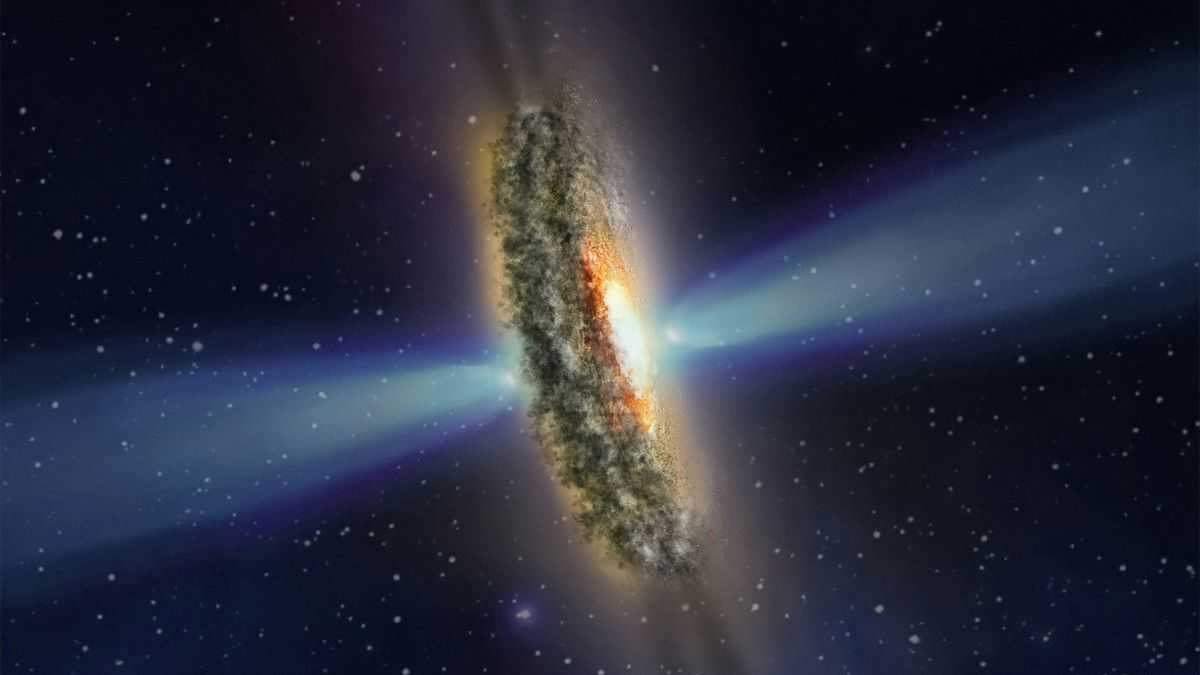Humanism
Fear of Criticism: Is Censorship Rising in Europe?
07 December 2025

Life beyond Earth may not need the Sun to survive. New research indicates that microorganisms on Mars, Europa, or Enceladus could draw energy from cosmic radiation—and that would be enough for them to live.
Does life beyond Earth exist? We do not have hard evidence for it, yet scientists admit that it is possible in certain locations within the Solar System. The best candidates, according to some researchers, are Mars, as well as Europa (a moon of Jupiter) and Enceladus (a moon of Saturn). You can find ice on each of these bodies. Mars holds it at its poles, while ice almost entirely composes the surfaces of Europa and Enceladus. Furthermore, the presence of ice implies the possibility of liquid water, and with it, life.
We are talking here not about extraterrestrial civilizations, but rather about simple, single-celled organisms. The existence of such beings is not yet confirmed, but this does not prevent researchers from considering how they might function. Sunlight presents one problem. Our planet sits in an ideal location in the system in this regard. However, Mars, Europa, and Enceladus lie significantly farther from the star. The Sun cannot provide the potential inhabitants of these bodies with enough light to survive. Nevertheless, it may not be the Sun at all that provides the conditions for extraterrestrial life to persist. Instead, cosmic radiation originating from outside our system does the job.
The Sun provides not only light but also energy—plants and many other organisms acquire it from rays through photosynthesis. However, biochemical reactions can also occur as a result of another type of radiation—cosmic radiation. These are high-energy particles originating from outside our solar system, most likely from distant star explosions. Cosmic radiation primarily consists of protons, alpha particles, and electrons.
As it turns out, this type of radiation can serve as an energy source for microorganisms under the right conditions. The process of radiolysis, or the splitting of water molecules under the influence of rays, is key here. The electrons generated by this process can then be utilized by simple life forms as fuel for survival.
A team of researchers led by Dimitry Atri of New York University Abu Dhabi is investigating the issue. Their calculations showed that cosmic radiation can support life on Mars, Europa, and Enceladus. Encenladus shows the greatest potential—Saturn’s moon with a subsurface ocean and geysers that eject water through cracks in the icy crust. According to the calculations, this moon could support a biomass of 400-millionths of a gram per square centimeter. Although this sounds insignificant, we must remember that a single microbe weighs only a trillionth of a gram.
Would you like to know what Is a Quasi-Moon? A New One Trails Earth.
Until now, scientists have focused on the so-called ecosphere, or the area around a star where the temperature allows for the existence of liquid water. However, Atri’s team’s discoveries suggest the existence of a completely new zone: the radiolitic habitable zone. This is an area beneath the surface of a planet or moon where cosmic radiation supplies the energy necessary for life.
What’s more, radiolysis is not just a source of electrons. High-energy radiation can initiate chemical reactions that lead to the formation of complex organic molecules. These molecules, in turn, can be used by organisms in metabolic processes. This presents a completely new evolutionary pathway for life, independent of sunlight. These discoveries open the door to even more exotic scenarios. If life can survive thanks to cosmic radiation, it could even exist on planets ejected from their star systems—lonely wanderers traversing the cosmic void. The search for life beyond Earth just got a lot wider.
Read this article in Polish: Czy życie w kosmosie potrzebuje Słońca? Naukowcy mają nową teorię

Truth & Goodness
06 December 2025


Zmień tryb na ciemny